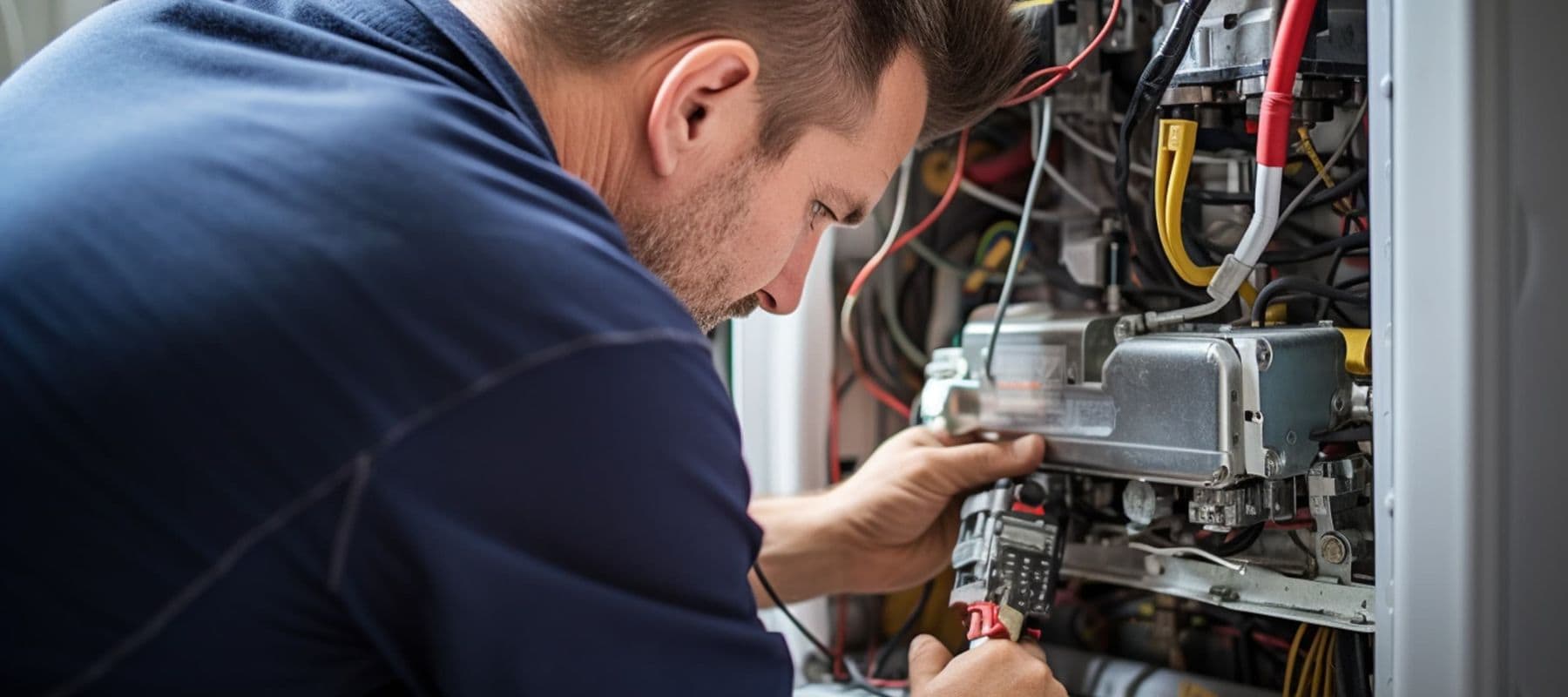Heating Services
At Thayer Air Conditioning, we understand the importance of a warm and cozy home during the colder months. That’s why we offer a comprehensive range of heating services tailored to your needs. If your heater is beyond repair or outdated, our heater replacement service ensures you get the most efficient and reliable system for your home. Facing a heater breakdown? Our skilled technicians are on hand for prompt heater repair, quickly diagnosing and fixing any issues to restore your warmth and comfort.
Regular heater maintenance is a key aspect of our service, aimed at prolonging the life of your heating system while ensuring it runs efficiently. We also specialize in heat pumps, a versatile solution that provides both heating and cooling, making them an energy-efficient choice for year-round comfort.
For businesses, our commercial heating services are designed to meet the unique demands of larger spaces, ensuring your workplace remains warm and welcoming for both employees and customers. Trust Thayer Air Conditioning for all your heating needs, where your comfort is always our priority.
Commercial Heating
Keep your team warm and your business running all winter!
Heat Pumps
Dual-purpose heating and cooling technology is here!
Heater Maintenance
Schedule your seasonal maintenance appointment today!
Heater Repair
We can hear your teeth chattering — let us fix it!
Heater Replacement
Invest in a new heating system for a cozy winter!







